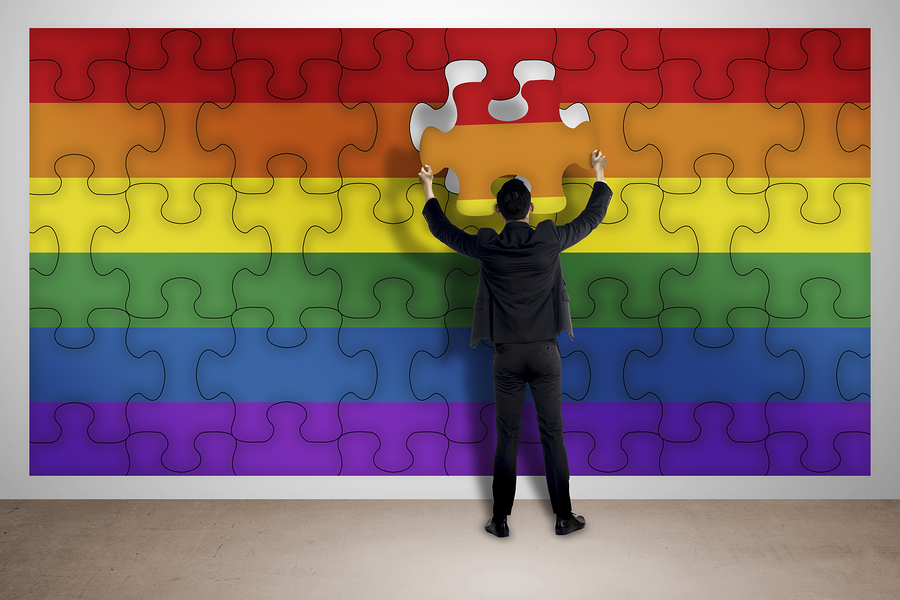A Guide to Sexist Dress Codes
 Clothing plays a strong role in how we present ourselves to others. Our wardrobes reflect our personalities, so being restricted in what you can wear can affect your comfort level at work. Additionally, if wardrobe expectations are different for male and female employees, you may have a case of workplace discrimination on your hands.
Clothing plays a strong role in how we present ourselves to others. Our wardrobes reflect our personalities, so being restricted in what you can wear can affect your comfort level at work. Additionally, if wardrobe expectations are different for male and female employees, you may have a case of workplace discrimination on your hands.
Dress codes are put in place to maintain the overall brand of a company. Your business may want to keep a particular image with customers and clients, and they may also want employees to be easily identifiable compared to members of the public.
Los Angeles gender discrimination lawyers agree that it’s not unreasonable for a workplace to express a preference for employees’ clothes. Still, when the dress code imposes a more significant burden on women than men, it enters into problematic territory.
According to the Human Resources Campaign, gender-specific dress codes are not discriminatory, but enacting a stricter dress code towards one gender is. If women are required to manage their appearance more than their male counterparts, your workplace may need a workplace gender discrimination lawyer in Los Angeles.
Historically, federal courts have voted to uphold workplace dress codes that require men and women to present themselves following their gender stereotypes. Allowing female employees to wear makeup and jewelry while not allowing male employees to do the same is permitted in most places.
Examples of Dress Codes
Traditional business attire and business casual dress codes are the two most popular in offices. You can find a summary of the two dress codes below:
- Business Casual – Business casual workwear can be described as professional clothing that incorporates a few casual garments. Business casual dress codes don’t allow jeans or sneakers but may permit khakis and non-collared shirts like sweaters and blouses. In business casual dress codes, ties, and blazers are optional.
- Traditional Business – Traditional business attire is much more conservative. Bright colors are only allowed on accessories, as tops and pants should be neutral tones, like black, navy, gray, and brown. Open-toed shoes are not allowed, and ties should be worn with collared shirts. All shirts should be tucked into pants.
As for more casual workplaces like restaurants, you may want to contact a Los Angeles workers’ rights lawyer if female employees feel required wardrobes open them up for sexual harassment. For example, if male employees can wear pants, but women are required to wear short skirts or shorts, that’s how you know when to contact an attorney for gender discrimination.
In 2020, California passed the CROWN Act, which outlaws discrimination based on a hairstyle. Historically, black employees have been discriminated against for sporting natural hairstyles, like braids, dreadlocks, and twists. However, they are now protected under the CROWN Act, and the doctrine encourages employers to educate themselves on hair identity and review their required grooming procedures for employees. Both men and women fall victim to this.
The state of California requires that women be allowed to wear pants, regardless of the dress code. While a company may have guidelines for pants and skirts, they cannot force female employees to wear skirts or dresses instead of pants.
Cases for Gender Discrimination
You should contact a Los Angeles workplace lawyer if the dress code favors one gender. If female employees are required to wear more revealing attire, or men have more leniency over what they can wear to the office, this should get reported. Suppose women are required to wear a specific style of clothing. If that’s the case, you and your sex discrimination attorney can argue that female employees are getting harassed, hesitant to speak up, and treated unfairly compared to their male co-workers.
Impact on Transgender Employees
Dress codes can disproportionately affect those who don’t fall on either side of the gender spectrum, as well. A gender-specific dress code may make transgender and non-binary employees feel uncomfortable, and they should be supported when they go to HR with their concerns. If a transgender employee is not being treated fairly, they may also have a case for a LA gender discrimination laywer for the workplace.
Starting Your Case
If you’d like to move forward with legal action regarding your company’s stance on dress codes, then you should seek out a gender discrimination attorney. Mann & Elias can provide you with a sexism discrimination attorney Los Angeles employees trust to fight for a fair dress code.
Before arriving at your consultation, ask your employer to provide a copy of your business’s dress code in written form. Make copies of it and present it to your lawyer. Together, you can comb through it to build a case for why it burdens women more than men.
